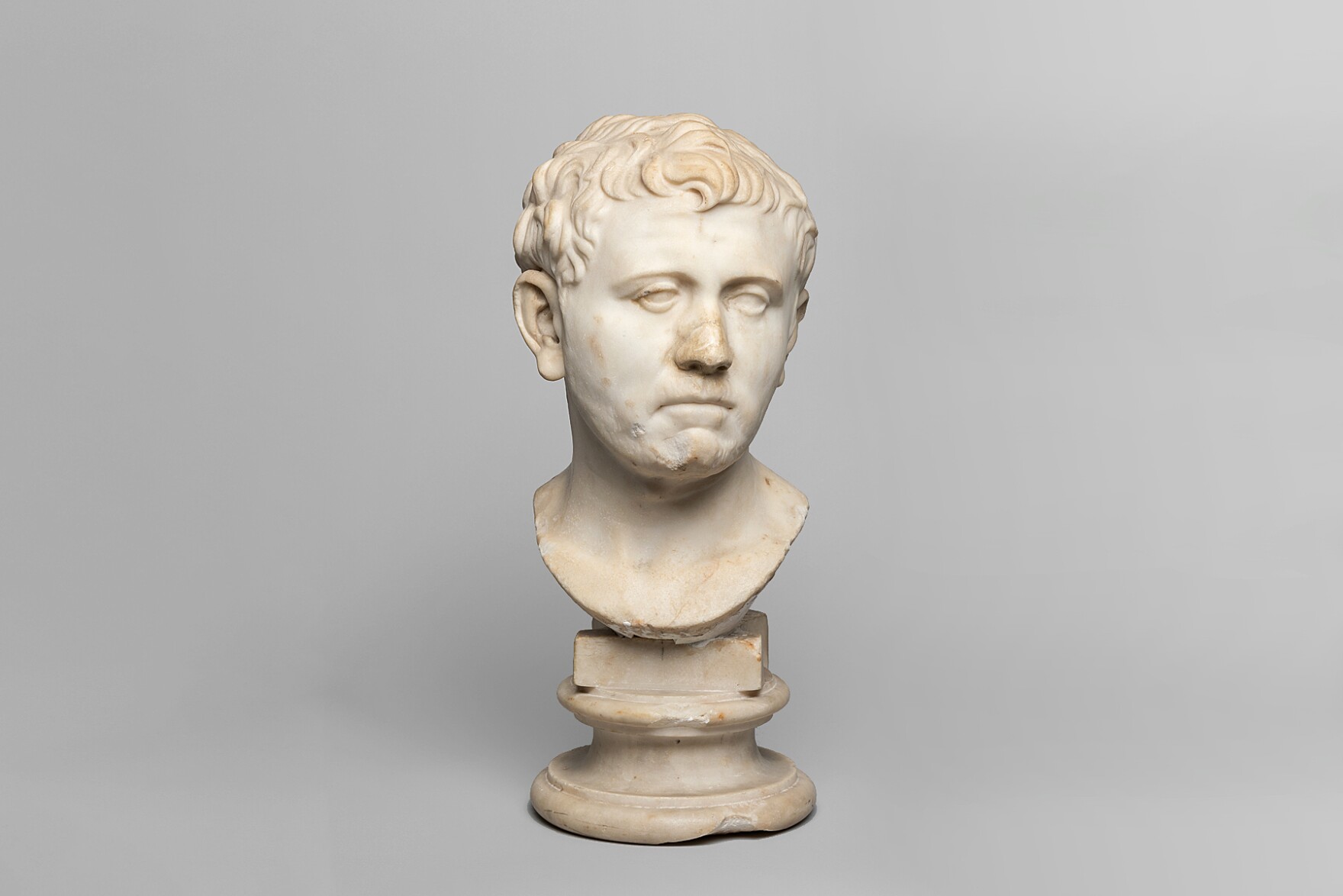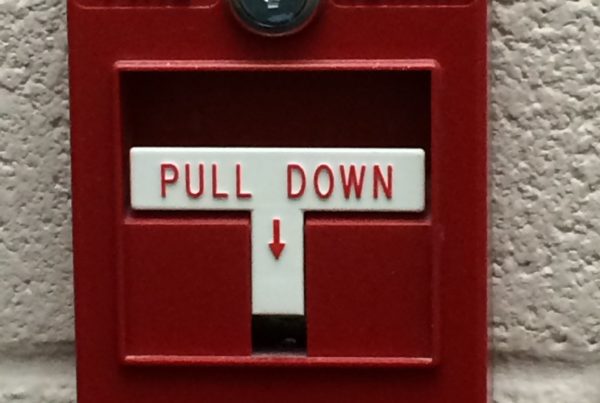From KUT:
When Laura Young found a human head under a table at the Goodwill store on Far West Boulevard in 2018, she had no idea what she was getting herself into.
The price tag said $34.99. Seemed like a deal.
It was all white. Made of marble. Weighed about 50 pounds.
“Clearly antique — clearly old,” said Young, who runs her own business as an antiques dealer and goes to a lot of thrift stores looking for treasures.
So she bought the head and lugged it out to her car, buckled it into the passenger seat and took it home.
Young wanted to figure out what the sculpture was, so she did some Googling and she started to piece things together. She contacted an auction house in London that confirmed it was really old — like FIRST CENTURY old. Another auction house managed to find the head in a catalog of items from a German museum in the 1920s and 1930s.
It was listed as a portrait bust of a man named Drusus Germanicus.
And so began Young’s four-year ordeal trying to get rid of a 2,000-year-old sculpture.
A war trophy
How did a 2,000-year-old sculpture of a Roman general’s head wind up in a Goodwill in Austin, Texas?
“There are plenty of Roman portrait sculptures in the world. There’s a lot of them around. They’re generally not in Goodwills,” joked Stephennie Mulder, an art history professor at UT Austin. “So the object itself is not terribly unusual, but the presence of it here is what makes it extraordinary.”
We can’t know exactly how it wound up under a table at the Far West Goodwill, but we can guess. There are plenty of examples of German-owned art showing up in random places, years after they were last seen.
The marble bust was cataloged at a museum called Pompejanum in the German city of Aschaffenburg. The museum was a replica of a villa in Pompeii, which was buried in volcanic ash in the first century. The German king, Ludwig the First, had something of an obsession with Pompeii, so he built this villa in the 1840s to house a bunch of Roman art.
Germanicus was among the collection.
Almost 100 years later, World War II was raging. In spring of 1945, Aschaffenburg was the site of a battle between the Nazis and the U.S. Army. In the course of the battle, Pompejanum was hit by bombs and heavily damaged.
“We know that many of the objects [in the museum] were either destroyed in the Allied bombing campaign or looted afterward,” Mulder said. “So unfortunately in this case, it might have been a U.S. soldier who either looted it himself or purchased it from someone who had looted the object.”
Thousands of stolen pieces of art were brought back to the U.S. by American soldiers, according to The New York Times.
So the head probably came to the U.S. in a soldier’s duffel bag — maybe to Texas or maybe somewhere else. And then, we can guess, it sat in someone’s house for decades. Perhaps the person who took it died or perhaps they gave it away. But somehow, someone decided they didn’t want it anymore and dropped it off at Goodwill.
Workers slapped a price tag for $34.99 on it and put it out for sale.
Young asked the folks at Goodwill if they had any information about who donated it, but they said they don’t keep records like that.
(If you have any information about who donated the head, please email me.)
A constant presence
Back at home, Young had a problem: She was in possession of a looted piece of ancient art. She couldn’t keep it. She couldn’t sell it. And giving it back to its rightful owners was a lot harder than it sounds.
“At that point, I realized I was probably going to need some help,” Young says. “I was probably going to need an attorney.”
So she hired a lawyer in New York who specializes in international art law, Leila Amineddoleh.
Negotiations began. It was complicated. It takes a long time to figure out all this stuff — even in the best of times. But the pandemic complicated things even further. It was slow going and in the meantime, she was stuck with this 2,000-year-old head on display at her house.
“It was on a small credenza close to the entryway of our house. Facing the TV. So you could see his reflection in the TV when you’re watching TV,” she says. “Every time you walk into the kitchen, you pass the head. Every time you walk into the house, he greets you. He’s there. He was a constant presence.”
It looked great in the house, she says. In a weird way, Young started to get attached. She named him — half-jokingly — after Dennis Reynolds, a narcissist character from the TV show It’s Always Sunny in Philadelphia.
“He was attractive, he was cold, he was aloof. I couldn’t really have him. He was difficult,” she says. “So, yeah, my nickname for him was Dennis.”
So there Dennis sat, next to a lamp that kind of looked like it could be his hand, for a couple years. It might have been frustrating for Young, but Dennis didn’t seem to mind. Time works differently when you’re a 2,000-year-old head.
In good company
Finally, they got a deal: The Germans would take Dennis back. The exact terms of the deal are confidential, but the head will stay in Texas — on display — for about a year. Last month, the movers came to get him.
“It hurt a little bit. It was bittersweet. Like, it’s nice that there’s a resolution to it and that it’s working out for the best,” Young says. “It’ll be a little bittersweet to see him in the museum, but he needs to go home. He wasn’t supposed to be here.”
Starting today, you can see Dennis at the San Antonio Museum of Art, which already has a significant Roman antiquities collection.
“It actually ended up being a really, really good fit. He’s just right down the road,” Young says.
“It’ll be in the company of other objects like it, although I think when you look at it, you can see what a particularly nice example of a portrait it is in that context,” says Lynley McAlpine, a curatorial fellow at the San Antonio Museum of Art.
In the course of all this, Young also found that the person whose likeness the sculpture depicts might not have been Drusus Germanicus at all. Instead, it more closely resembles a different Roman general named Pompey.
Regardless, Dennis will be shown in San Antonio until next summer, when he and several other pieces will get packed up and sent back to Germany. After that? Who knows.
In a way, Dennis will always be with Young. Before she let him go, she had a half-size copy of him 3D-printed.
“I do have a collection of busts at home,” she says. “So he’s with my other heads.”
Young still goes to Goodwill looking for treasures — but she may never find one quite as special as Dennis.














